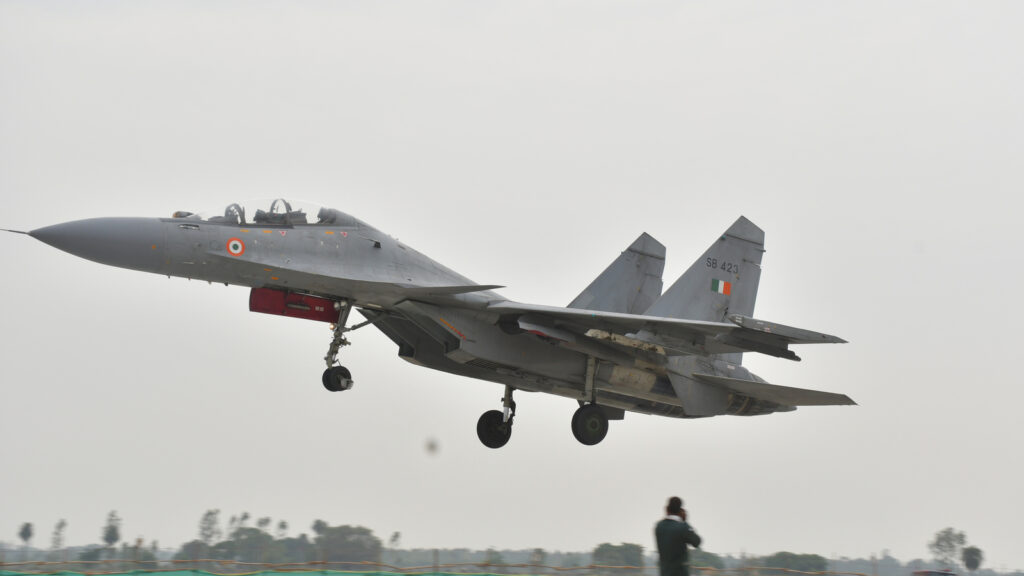
The Indian Air Force reportedly lost jets during the May 7 air strikes on terror targets in Pakistan/PoK due to “political leadership constraints”, according to Captain Shiv Kumar, India’s Defence Attaché in Indonesia. He cautioned that IAF pilots, operating under orders not to engage Pakistani military establishments or air defence systems, were at risk,a statement swiftly labelled “quoted out of context” by the government .
Why It Matters Now
This exchange over the India‑Pakistan air battle has triggered a national debate on Political leadership in defence decisions vs. military autonomy. The balance between air defence constraints and air superiority. How such decisions shape Indian Air Force tactics and operative outcomes. The controversy also raises larger questions about India’s military doctrine under democratic oversight.
Operation Sindoor & the Way Ahead
The May 7 air strikes were part of Operation Sindoor, India’s retaliatory strike on terror camps following the Pahalgam massacre. These actions piqued concerns over civil‑military coordination, especially given that the IAF suffered losses in early waves, Strategy pivoted to neutralizing Pakistan’s air defence before deeper penetration. Initially, Indian Air Force (IAF) jets were deployed with strict instructions to avoid targeting Pakistan’s military establishments or air defence systems, reportedly in order to maintain diplomatic restraint and prevent escalation. This limitation, according to reports, led to avoidable losses, as aircraft flew into highly defended zones without first neutralizing hostile radar and surface-to-air missile (SAM) positions.
Strategic Lessons and Political-Military Balance
This incident reopens the debate on the balance between military readiness and political oversight in high-stakes operations. While India news today continues to highlight emerging threats, this episode underlines the importance of synchronized decision-making in the fog of real-time conflict. Military experts argue that India must streamline its civil-military decision pipelines to ensure that Indian armed forces strategy is not hindered during critical national security moments. Transparency, mutual trust, and strategic clarity are essential to future proofing India’s response capability.
Final Thoughts
This episode highlights a nuanced tension in Indian military policy, maintaining civilian oversight and strategic restraint while preserving the operational flexibility of the Indian Air Force. The IAF’s sacrifice, combined with civil-military frictions, reveals the complexities of striking terror targets under the shadow of national escalation risk. As India moves forward, this moment may serve as a critical benchmark in refining India’s military strategy, balancing political imperatives with battlefield realities, and ensuring that armed forces readiness is supported, not hampered, by political direction.


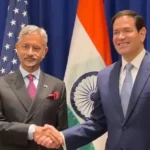




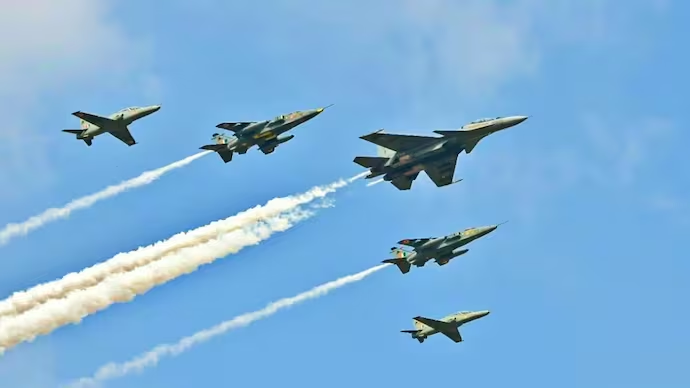
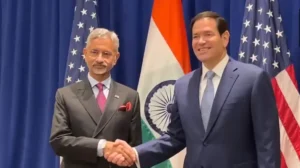
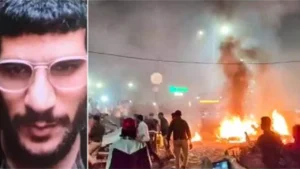

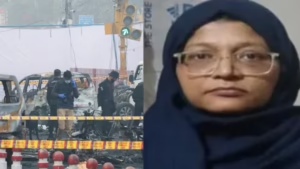
More Stories
‘They Don’t Need Our Help’: US Secretary of State Marco Rubio Praises India’s ‘Professionalism’ in Delhi Blast Probe
DNA Test Confirms Pulwama Doctor Drove Car in Delhi Red Fort Blast; Lal Quila Metro Closed Amid Security Alert
Who is Dr. Shaheen Shahid? The Professor-Turned-Jaish Recruiter Arrested in a Terror Module Case